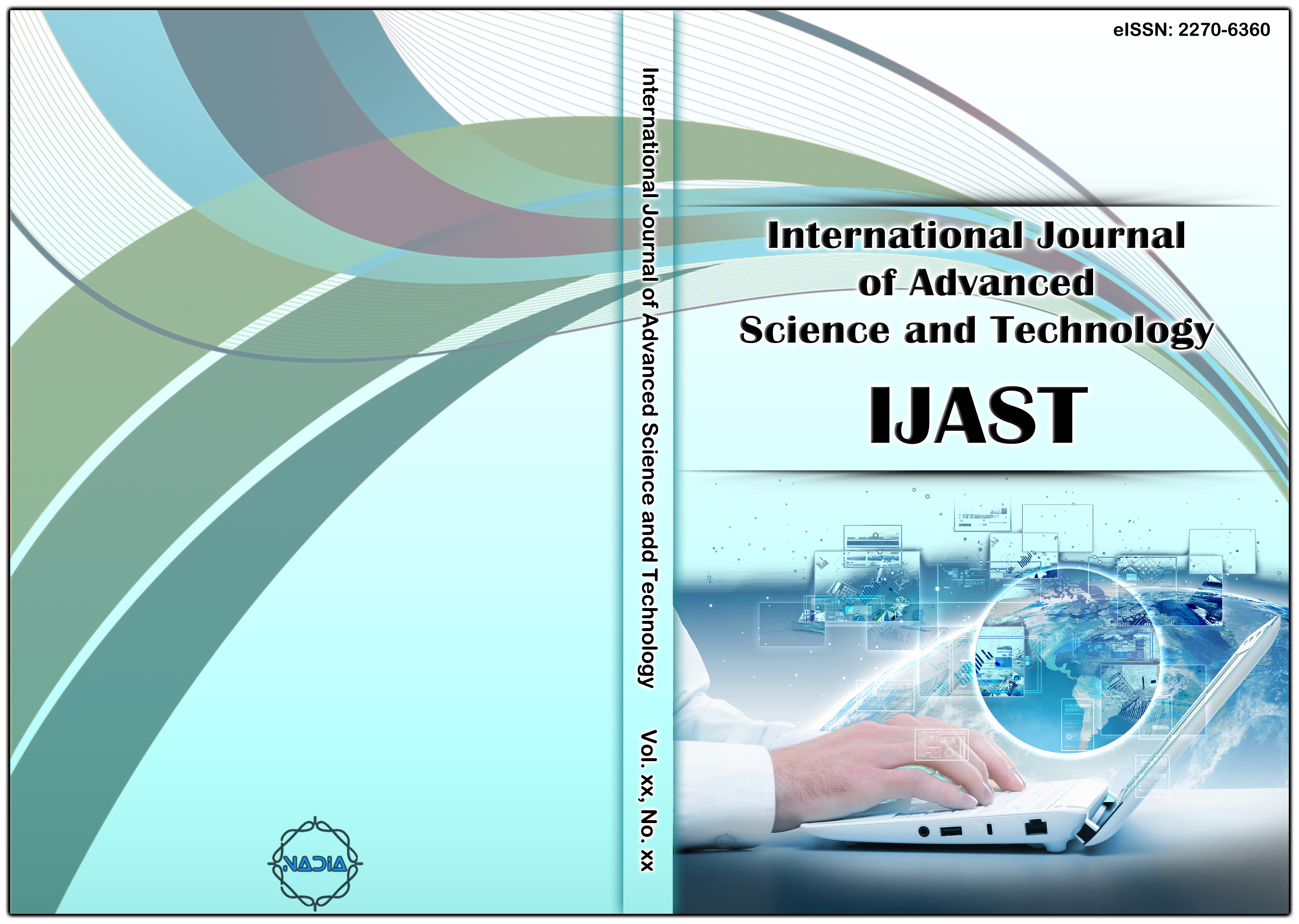[1] Lee, D., “Personalizing Information Using Users' Online Social Networks: A Case Study of CiteULike”, Journal of Information Processing Systems, vol. 11, no. 1, (2015), pp. 1-21, DOI:10.3745/JIPS.04.0014.
[2] Du, W. D., “Affordances, experimentation and actualization of FinTech: A blockchain implementation study”, The Journal of Strategic Information Systems, vol. 28, no. 1, (2019), pp. 50-65, DOI:10.1016/j.jsis.2018.10.002
[3] Corbellini, A., Godoy, D., Mateos, C., Schiaffino, S. and Zunino, A., “DPM: A novel distributed large-scale social graph processing framework for link prediction algorithms”, Future Generation Computer Systems, (2017), DOI:10.1016/j.future.2017.02.025
[4] Ahn, M. W. and Jung, W. S., “Accuracy test for link prediction in terms of similarity index: The case of WS and BA models”, Physica A: Statistical Mechanics and its Applications, vol. 429, (2015), pp. 177-183, DOI:10.1016/j.physa.2015.01.083.
[5] Hoffman, M., Steinley, D. and Brusco, M. J., “A note on using the adjusted Rand index for link prediction in networks”, Social Networks, vol. 42, (2015), pp. 72-79, DOI: 10.1016/j.socnet.2015.03.002.
[6] Christidis, K. and Devetsikiotis, M. “Blockchains and Smart Contracts for the Internet of Things”, IEEE Access, vol. 4, (2016), pp. 2292-2303, DOI:10.1109/ACCESS.2016.2566339.
[7] Ding, J. Y., Jiao, L. C., Wu, J. S., Hou, Y. T. and Qi, Y. T., “Prediction of missing links based on multi-resolution community division”, Physica A, vol. 417, no. 1, (2015), pp. 76-85, DOI: 10.1016/j.physa.2014.09.005.
[8] Chen, B. L., Chen, L. and Li, B., “A fast algorithm for predicting links to nodes of interest”, Information Sciences, vol. 329, (2016), pp.552-567, (2016) DOI:10.1016/j.ins.2015.09.047.
[9] Tahar, M., Hammi, B., Bellot, P. and Serhrouchni, A., “Bubbles of Trust: a decentralized Blockchain-based authentication system for IoT”, Computers & Security, vol. 78, (2018), pp. 126-142, DOI: 10.1016/j.cose.2018.06.004.
[10] Barbieri, N., Bonchi, F. and Manco, G., “Who to follow and why: link prediction with explanations”, In Proceedings of the 20th ACM SIGKDD international conference on Knowledge discovery and data mining, ACM, (2014), pp. 1266-1275.
[11] Wu, L., Chen, L., Hong, R., Fu, Y., Xie, X. and Wang, M., “A Hierarchical Attention Model for Social Contextual Image Recommendation”, IEEE Transactions on Knowledge, vol. 32, (2020), pp. 1854-1867, DOI: 10.1109/TKDE.2019.2913394.
[12] Jiang, M., Cui, P., Wang, F., Zhu, W. and Yang, S., “Scalable recommendation with social contextual information”, IEEE Transactions on Knowledge and Data Engineering, vol. 26, no. 11, (2014), pp. 2789-2802.
[13] Wang, P., Xu, B., Wu, Y. and Zhou, X., “Link prediction in social networks: the state-of-the-art”, Science China Information Sciences, vol. 58, no. 1, (2015) pp.1-38, DOI: 10.1007/s11432-014-5237-y.
